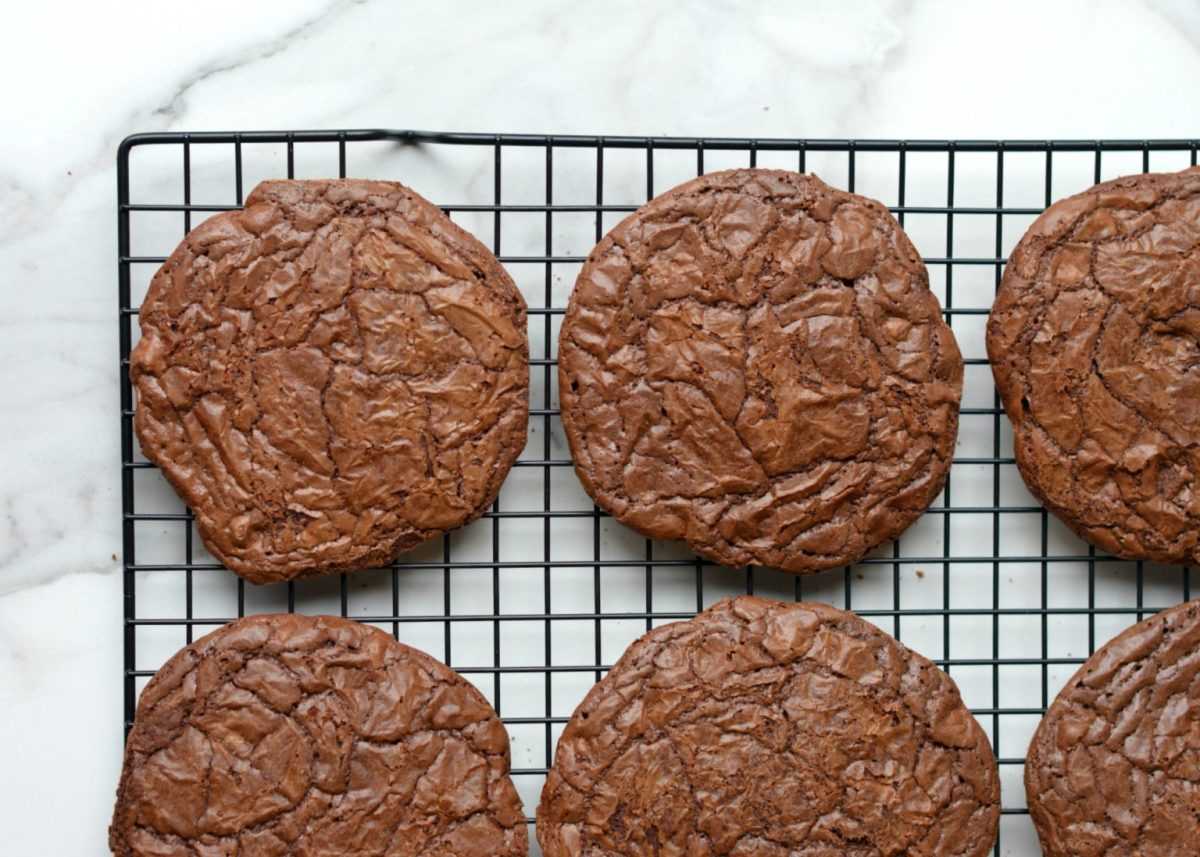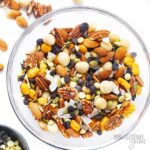Indulge your sweet tooth without the guilt! This guide unveils the secrets to crafting delectable low-carb cookies that will tantalize taste buds and leave everyone wanting more. We’ll explore the best flour alternatives, from the delicate texture of almond flour to the subtly sweet coconut flour, revealing how each impacts the final product. Discover the perfect balance of sweetness with a range of low-carb sweeteners, understanding their unique properties and how they influence the cookie’s texture and moisture. Prepare to master the art of achieving the ideal cookie consistency – chewy, crispy, or cakey – through the strategic use of fats and binding agents. Get ready to embark on a flavorful journey with unique flavor combinations, transforming classic cookie recipes into low-carb masterpieces.
Imagine sinking your teeth into a warm, gooey chocolate chip cookie, the rich chocolate melting in your mouth, all while staying true to your low-carb lifestyle. This isn’t a dream; it’s the promise of this comprehensive guide. We’ll walk you through every step, from selecting the right flour and sweetener to mastering the perfect baking technique, ensuring your cookies are not only delicious but also perfectly textured. Prepare for a detailed exploration of recipes, ingredient comparisons, and expert tips that will elevate your low-carb baking to a whole new level.
Creating the Perfect Low-Carb Cookie Texture

The key to irresistible low-carb cookies lies in mastering their texture. Unlike traditional cookies, low-carb versions often require careful consideration of ingredients to achieve the desired mouthfeel, whether it’s a delightful chewiness, a satisfying crispness, or a tender cakiness. Understanding the roles of fats and binding agents is crucial in this process.
Fats contribute significantly to a cookie’s texture, influencing its tenderness, flakiness, and overall richness. Healthy fats, such as coconut oil, avocado oil, and butter (used sparingly), provide distinct textural qualities. Coconut oil, for example, lends a slightly sweet and tender crumb, while avocado oil contributes to a smoother, more delicate texture. Butter, when used judiciously, adds a richness and subtle flakiness. Binding agents, on the other hand, are essential for holding the cookie together and creating structure. Almond flour, coconut flour, and flaxseed meal are common low-carb choices, each offering a unique textural contribution. Almond flour produces a slightly denser, more cake-like texture, while coconut flour results in a drier, more crumbly cookie. Flaxseed meal adds moisture and helps bind ingredients, creating a slightly denser and more cohesive cookie.
Low-Carb Cookie Recipes with Varying Textures
The following recipes demonstrate how different combinations of fats and binding agents can produce distinctly different textures in low-carb cookies.
| Recipe Name | Ingredients | Instructions | Expected Texture |
|---|---|---|---|
| Chewy Almond Butter Cookies | 1 cup almond flour, ½ cup almond butter, ¼ cup erythritol or other low-carb sweetener, 1 large egg, 1 teaspoon vanilla extract, ¼ teaspoon salt | 1. Preheat oven to 350°F (175°C). 2. Combine all ingredients in a bowl and mix thoroughly until a dough forms. 3. Roll dough into 1-inch balls and place them on a baking sheet lined with parchment paper. 4. Flatten slightly with a fork. 5. Bake for 10-12 minutes, or until edges are lightly golden. Let cool completely on baking sheet. | Soft and chewy, with a rich almond flavor. |
| Crispy Coconut Flour Cookies | 1 cup coconut flour, ¼ cup coconut oil (melted), ¼ cup erythritol or other low-carb sweetener, 2 large eggs, 1 teaspoon vanilla extract, ¼ teaspoon baking powder, pinch of salt | 1. Preheat oven to 325°F (165°C). 2. Combine all ingredients in a bowl and mix until a thick dough forms. 3. Drop by rounded tablespoons onto a baking sheet lined with parchment paper. 4. Bake for 15-18 minutes, or until edges are golden brown and the center is set. Let cool completely on baking sheet. | Crisp and slightly crumbly, with a delicate coconut flavor. |
| Cakey Flaxseed Meal Cookies | 1 cup flaxseed meal, ¼ cup melted butter, ¼ cup erythritol or other low-carb sweetener, 2 large eggs, 1 teaspoon vanilla extract, 1 teaspoon baking powder, pinch of salt | 1. Preheat oven to 350°F (175°C). 2. Combine all ingredients in a bowl and mix until a moist, slightly sticky dough forms. 3. Drop by rounded tablespoons onto a baking sheet lined with parchment paper. 4. Bake for 12-15 minutes, or until lightly golden brown. Let cool completely on baking sheet. | Tender and cakey, with a slightly nutty flavor. |
Creating irresistible low-carb cookies is now within your reach. This journey through flour alternatives, sweetener options, and texture mastery has equipped you with the knowledge and recipes to bake cookies that are both delicious and health-conscious. Remember the importance of choosing the right flour for your desired texture, balancing sweetness with the chosen sweetener, and utilizing fats and binding agents effectively. Experiment with the diverse flavor combinations presented, and don’t hesitate to personalize your creations. With practice and a touch of culinary creativity, you’ll be delighting yourself and others with unforgettable low-carb cookies that redefine what’s possible in healthy baking.
FAQ Compilation
Can I freeze low-carb cookie dough?
Yes, you can freeze low-carb cookie dough for later use. Wrap the dough tightly in plastic wrap and then place it in a freezer-safe bag or container. It can be stored for several months.
What happens if I use too much coconut flour?
Too much coconut flour can result in dry and crumbly cookies. It absorbs a lot of liquid, so start with the recommended amount and add more only if necessary.
How can I make my low-carb cookies crispier?
To achieve crispier cookies, bake them for a longer time at a slightly lower temperature. Using less liquid in the recipe can also contribute to a crispier texture.
Are all low-carb sweeteners the same?
No, low-carb sweeteners vary in sweetness level, aftertaste, and impact on blood sugar. Some may have a cooling effect, while others might have a slightly bitter aftertaste. Experiment to find your preference.


